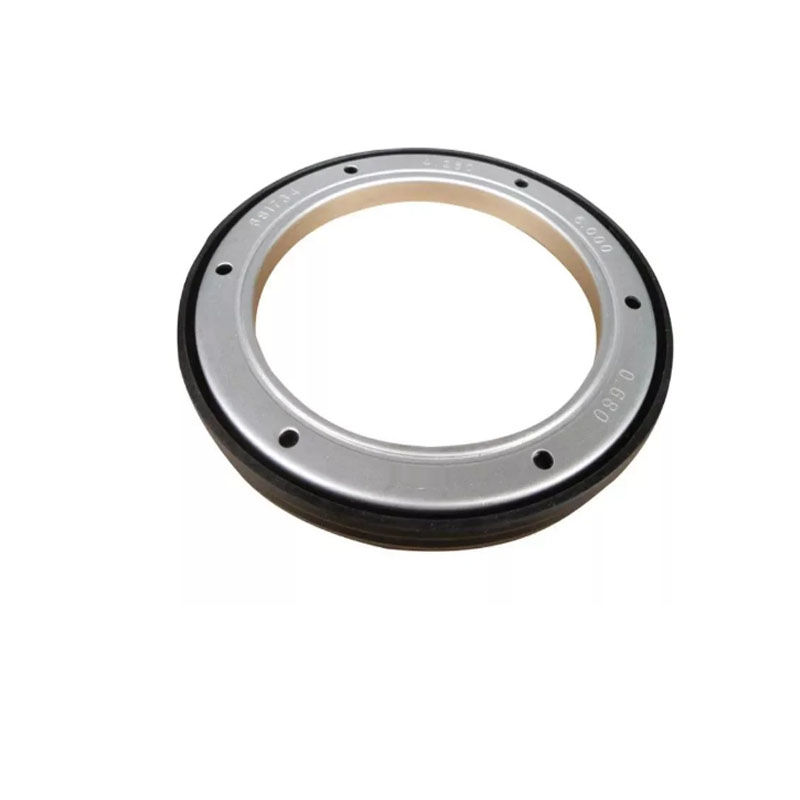Understanding Lip Seal Dimensions for Enhanced Mechanical Sealing Performance
Understanding Lip Seal Dimensions Importance and Applications
Lip seals, often referred to as oil seals or rotary seals, play a crucial role in various mechanical applications by preventing the leakage of fluids and contaminants. They are commonly used in automotive engines, gearboxes, and various machinery. Understanding lip seal dimensions is essential for ensuring the effective performance and longevity of machinery components.
What are Lip Seals?
Lip seals consist of a flexible lip that makes contact with a shaft or housing and a metal or plastic casing that provides mechanical support. The primary purpose of a lip seal is to contain lubricants and prevent the ingress of dirt, dust, and other contaminants. They are designed to accommodate rotary and linear motions, making them versatile for different applications.
Key Dimensions of Lip Seals
The effectiveness of a lip seal is heavily reliant on its dimensions. Here are the key dimensions to consider
1. Inner Diameter (ID) This is the diameter of the opening where the seal fits onto the shaft. Correct measurement of the inner diameter is vital because an incorrect size can lead to seal failure—either by being too loose, which allows fluid leakage, or too tight, which can cause increased friction and wear.
2. Outer Diameter (OD) The outer diameter refers to the end of the seal that fits into the housing. It is crucial for ensuring a snug fit to stop fluids from escaping the system. The OD must be adequately designed to prevent any movement within the housing, maintaining stability and functionality.
3. Width (W) This dimension measures how thick the seal is from the inner to the outer edge. The width often correlates with the load capacity of the seal; a wider seal can typically handle higher radial loads. However, the specific application requirement should dictate the appropriate width.
lip seal dimensions

4. Lip Profile The shape and angle of the lip also play a critical role in the seal's performance. Common lip profiles include single-lip and double-lip designs, which offer different levels of sealing effectiveness depending on the application. The angle and flexibility of the lip are carefully designed to maintain contact with the shaft while allowing for some movement.
5. Material Thickness The thickness of the seal material impacts its durability and performance. Thicker materials can often withstand harsher conditions but may not always be suitable for all applications. The correct material selection depends on environmental factors, such as temperature extremes and exposure to various chemicals.
6. Spring Type and Size Many lip seals incorporate a spring to enhance the sealing effect. The size and strength of this spring can vary significantly, impacting the seal's ability to maintain contact with the shaft under different operating conditions.
Importance of Precise Dimensioning
The precise dimensioning of lip seals is critical in various applications. An inadequately sized seal can lead to premature wear, increased maintenance costs, and potential system failures. Industries like automotive, aerospace, and manufacturing depend on the reliability of these components to maintain performance standards.
In automotive applications, for example, lip seals are essential in engine designs to keep oil contained and prevent leaks, which can lead to engine damage and decreased efficiency. Similarly, in manufacturing, proper sealing ensures that machinery operates smoothly without losing lubricants, which can harm performance.
Conclusion
Proper understanding and measurement of lip seal dimensions are imperative in ensuring the seals work effectively for their intended applications. The interplay between inner diameter, outer diameter, and width, along with the material and design choices, ultimately determines the efficiency and reliability of the seal. As industries continue to innovate and evolve, precise engineering of lip seals will remain a critical factor in the success of mechanical systems. Future advancements in material science and design will further enhance their performance, ensuring continued reliability in a wide range of applications. By paying close attention to these dimensions, engineers can ensure the longevity and efficiency of their machinery, enhancing overall operational success.
-
The Ultimate Guide to Car Repair Kits: Tools and Essentials Every Driver Should Own
News Aug.01,2025
-
The Complete Guide to Oil Pan Gaskets: Sealing Engine Leaks the Right Way
News Aug.01,2025
-
Preventing Oil Leaks: A Complete Guide to Oil Pan Gaskets and Drain Seals
News Aug.01,2025
-
Everything You Need to Know About Oil Pan Gaskets and Drain Plug Seals
News Aug.01,2025
-
Essential for Car Owners: How to Use a Car Repair Kit to Deal with Minor Breakdown
News Aug.01,2025
-
Comprehensive Guide to Engine Oil Sump Gaskets and Related Seals
News Aug.01,2025
-
The Ultimate Guide to Boat Propeller Bearings and Trailer Wheel Bearings
News Jul.31,2025
Products categories















